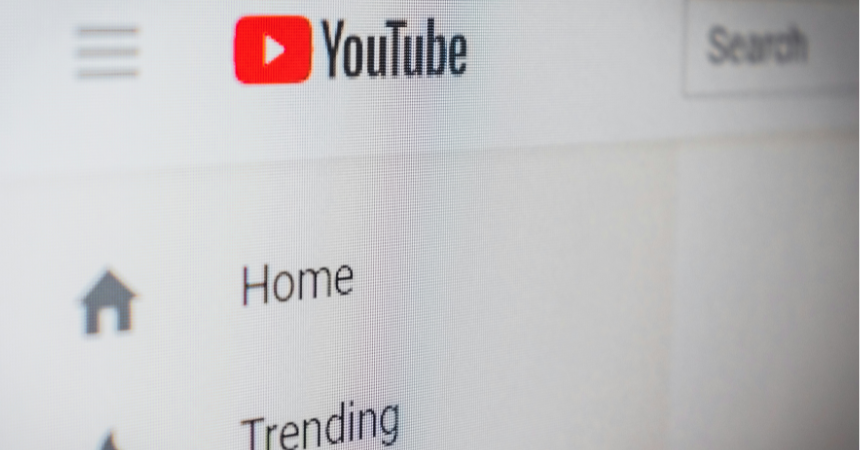Mastering YouTube: Essential Steps to Crafting Captivating Content for New Creators
2025-07-17

Embarking on your journey as a YouTube creator can be both exciting and overwhelming. With millions of videos and creators vying for attention, how do you make your content stand out? Creating compelling content on YouTube isn't just about having a good idea or being charismatic on camera. It involves meticulous planning, understanding your audience, and utilizing the right tools and techniques to communicate your message effectively. Whether you aspire to educate, entertain, or inspire your viewers, this step-by-step guide offers critical insights and practical steps for beginners aiming to make a mark on the vast YouTube landscape.
Understanding Your Niche and Audience

The first step to creating content that resonates with viewers is understanding who they are and what they need. Every successful YouTube channel serves a specific niche, a segment of the larger market audience with particular interests. Identifying your niche does not merely mean knowing the subject matter you want to explore, such as beauty, gaming, or educational content, but also understanding the nuances and gaps within that space that you can fill. Start by researching existing content and noting what works and what does not. Analyze popular videos and channels in your intended niche. What questions are viewers asking in the comments? What pain points do your potential viewers have, and how can your content address them?
Understanding your audience goes beyond knowing their demographic data. Spend time engaging with potential viewers on various platforms, not just YouTube. Join relevant forums, social media groups, and other communities. Engaging directly with your target audience can provide invaluable insights into their preferences, the language they use, and the kind of humor or seriousness they appreciate. This tailored approach to audience understanding will shape not only the content you produce but also how you present it, increasing relevance and viewer engagement.
Developing Content Strategy and Consistency

Once you have a firm grasp of your niche and audience, the next step is developing a clear content strategy. Start by setting achievable goals related to how many videos you want to create monthly or quarterly. Think about series that can keep your content cohesive and engage viewers over a period of time. Series are a great way to keep people coming back, as they will anticipate the next episode. Furthermore, consistency in your upload schedule can build trust with your audience. Decide whether you will upload weekly, bi-weekly, or monthly, and stick to that schedule as closely as possible. Consistency helps in building a loyal audience, as viewers can rely on new content at expected intervals.
Your strategy should also include thorough content planning before filming. Create detailed outlines for each video, including key points you want to discuss, calls to action, and any relevant resources or props you need. Scripting your videos or having detailed bullet points can help reduce filming time and ensure you stay on topic. An integral part of your content strategy should be adaptability. Be prepared to tweak your plans based on audience feedback and performance analytics. Youtube offers detailed analytics on video performance, viewer demographics, and engagement metrics. By regularly reviewing these metrics, you can fine-tune your content to better meet the needs and desires of your viewers, improving both reach and impact over time.
Leveraging Quality Production Techniques

Viewer expectations on YouTube are high when it comes to video quality, and improving your production value can significantly enhance viewer engagement. You don't necessarily need expensive equipment to start; many successful YouTubers begin with just a smartphone camera and natural lighting. However, understanding the basic elements of video production is crucial. This includes knowing how to frame your shots, managing light sources (even if it means moving to a well-lit room or using lamps), and ensuring clear audio. Simple fixes, such as using a tripod to stabilize your camera or a microphone to reduce ambient noise, can dramatically boost the professionalism of your videos.
As you grow, reinvesting in better equipment can be a game changer, enabling higher-resolution videos and better sound quality. Editing also plays a critical role in production quality. Learn the basics of video editing to trim unnecessary segments, add music or graphics, and improve the overall flow of your video. There are many inexpensive or free editing tools available that are user-friendly for beginners. Over time, as you become more comfortable with these tools, start experimenting with advanced techniques such as color correction or special effects to make your videos pop. Remember, each improvement in production quality can make your content more enjoyable and shareable, thus attracting more subscribers and views.




Leave a comment
Your comment is awaiting moderation. We save your draft here
0 Comments